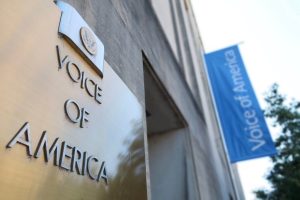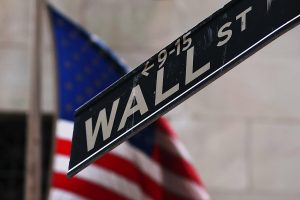The stock market rally fueled by President Trump’s tariff rollback on China is drawing caution from some strategists, who warn the rebound may be overextended.
“I am concerned about the magnitude of the rally we’ve seen coming back,” Charles Schwab chief global investment strategist Jeffrey Kleintop told Yahoo Finance on Friday.
“The market might be a little too enthusiastic that the trade worries are behind us,” he added. “The trade framework, so far, [is] far from completed agreements.”
The S&P 500 (^GSPC) has surged roughly 1,000 points from its April 9 lows, prompting some Wall Street firms to raise their year-end outlooks as trade tensions have eased.
Earlier this week, the broad-based index finished erasing all of its 2025 losses after US-China talks resulted in a truce that paused and lowered tariffs on both sides. That followed a limited pact announced earlier this month between the US and the United Kingdom that lowered barriers on some goods, such as automobiles and agriculture.
Meanwhile, Trump’s 10% baseline tariffs — which apply to nearly all trading partners — took effect in April and remain in place. An additional set of reciprocal tariffs that could push rates even higher for some countries were temporarily paused last month for 90 days.
Read more: What Trump’s tariffs mean for the economy and your wallet
Stock market optimism this week was also buoyed by a series of investment announcements made during Trump’s recent Middle East visit, signaling the administration’s openness to negotiate deals in that region.
Still, strategists caution that without concrete trade resolutions, market volatility could return.
“The tariff cat is out of the bag,” Jay Pelosky, founder of TPW Advisory, said, adding that this signals a broader “erosion of trust and confidence” in the US government and its policies. “That trust has been severely bruised,” he added.
“Even with the reduction in tariffs on China, we’re still looking at the highest US tariff levels since World War II or earlier — and that’s going to have a negative effect” on the economy, he said.
Despite the recent negotiations, tariff levels remain “significantly higher” than they were at the start of the year, according to UBS strategists in a note. They estimate the effective US tariff rate — the average duty on all imports — now stands at roughly 15%, six times higher than the 2.5% rate in January before Trump returned to the White House.
That estimate assumes the tariff rollbacks announced in last month’s 90-day pause will remain in place beyond the deadline.


